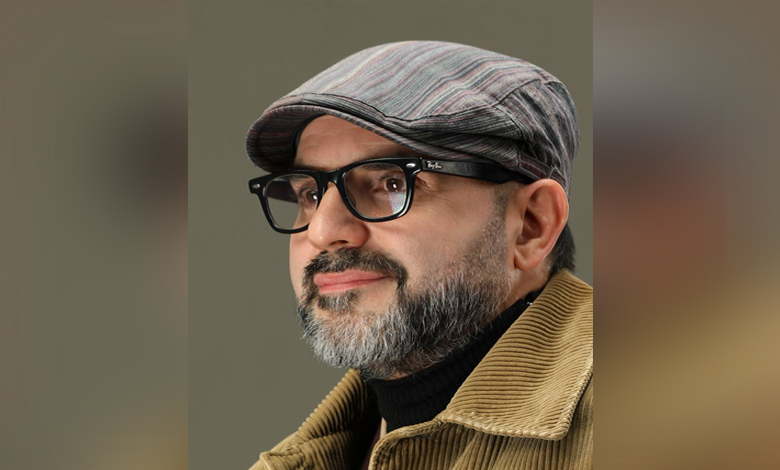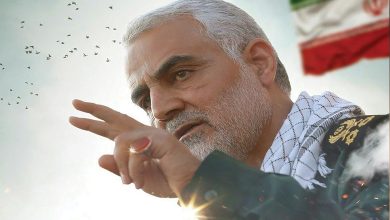Music Therapy — Beyond the Melodies
Music today is no longer just art and entertainment; this universal language can heal both body and mind and play an important role in our well-being.

 Abbas (Mehrdad) Shahsavarzadeh
Abbas (Mehrdad) Shahsavarzadeh
Ph.D. Student in Communication Sciences
Music therapy is a specialized branch of health sciences that, through purposeful rhythms and melodies, helps improve both the physical and psychological conditions of individuals. Unlike simply listening to music, this is a clinical process carried out by trained therapists. Its results include reduced anxiety, pain management, improved sleep quality, enhanced memory, and even increased motor abilities in patients. These features have made music a scientific and therapeutic tool alongside traditional medicine.
The use of music for healing dates back thousands of years. In ancient Iran, melodies were used for relaxation and even for treating illnesses. The ancient Greeks considered music a means of restoring the balance between mind and body. During the Middle Ages, music was played in hospitals and monasteries for patients. However, music therapy as an academic and scientific discipline emerged after World War II, when music helped rehabilitate physically and mentally injured soldiers — and since then, it has rapidly expanded worldwide.
Today, music therapy has gained a serious place in global healthcare systems. Studies show that music can regulate blood pressure and heart rate, reduce stress hormones such as cortisol, and increase the release of “happiness hormones” like dopamine and serotonin. Major hospitals around the world now use music therapy for patients with Alzheimer’s, autism, stroke, and even for pregnant women to ease labor pain. In Iran as well, this field has recently attracted the attention of universities and medical centers, and its potential to assist patients is increasingly recognized.
Music today is not merely an art form — it is a universal language that heals both body and soul without the need for words. Clinical experiences show that music not only restores emotional calm but also enhances patients’ hope and quality of life. Listening to or performing music can motivate individuals to continue treatment and strengthen their sense of belonging and social connection, especially among those suffering from isolation or depression. Furthermore, music can create a calmer and more humane atmosphere even in critical hospital settings such as intensive care units.
For this reason, many experts today call music the “wordless medicine” — a remedy not found in paper prescriptions, but in melodies that touch the heart and soul directly. Perhaps the secret of music’s lasting impact lies in its power to restore hope, energy, and a sense of life — where conventional medicine alone sometimes falls short.
Final Note:
It is clear that music therapy is no longer a marginal or secondary experience in medicine, but a proven scientific approach that holds a legitimate place in modern healthcare systems. The fusion of medical science and musical art shows that healing is not limited to drugs and surgery — sound and melody can also play a decisive role in restoring health. In a noisy world, music may well be the silent yet most effective prescription for the modern human being.







